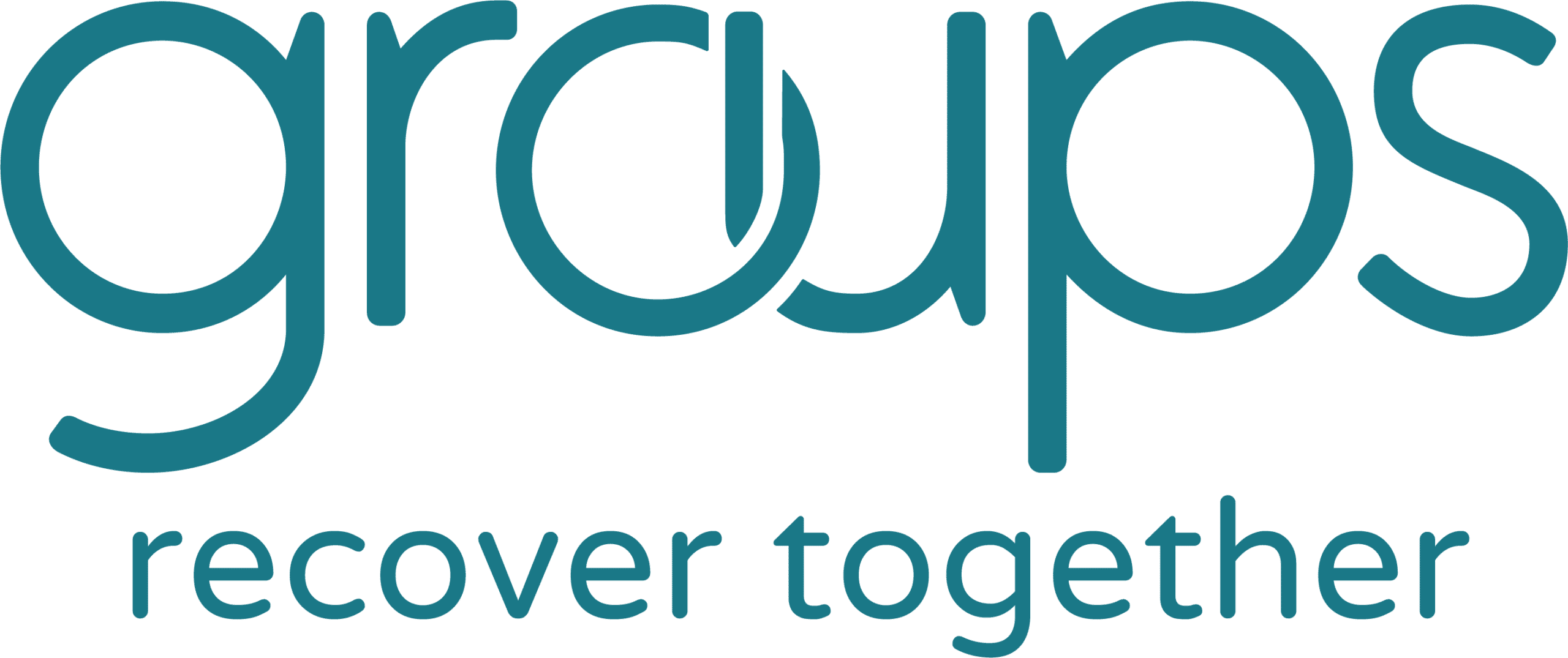The Diagnostic and Statistical Manual of Mental Disorders, fifth edition (DSM-5) lists 11 criteria for substance use disorders (SUDs). The DSM-5 is the definitive resource that professionals in mental health, SUD treatment providers, and insurance companies use to classify and diagnose conditions. These criteria can be used to diagnose addictions, which are different from chemical dependence. The major difference is that an addiction or SUD is disruptive to your life. This type of habit may affect your career, relationships, overall health, and other life activities. People who have SUD have a hard time stopping their substance use even when they know it’s causing problems for them.
People can get addicted to many different substances, and each person’s relationship with their substance is different. Recognizing the signs of SUD early on can help you find effective treatment for yourself or a loved one. At Groups, we provide compassionate, evidence-based care for people who have opioid use disorder (OUD).
The DSM-5 recognizes substance use disorders related to the following types of drugs:
- Alcohol
- Caffeine
- Cannabis
- Hallucinogens
- Sedatives, hHypnotics, and anxiolytics
- Inhalants
- Opioids
- Stimulants (including amphetamine-type substances, cocaine, and other stimulants)
- Tobacco
In this blog post, we’ll describe 11 criteria for substance use disorders in the DSM-5 and discuss what they might look like in different people.
DSM-5 criteria for substance use disorders
To be diagnosed with a substance use disorder, a person must have at least two symptoms out of the 11 criteria listed in the DSM-5. There are guidelines for determining the severity of a person’s condition based on the number of symptoms. Two to three symptoms is considered mild, four to five symptoms is moderate, and six or more is considered severe. However, experiencing any number of symptoms can cause significant distress and disruption to your life.
SUD is a complex set of symptoms and behaviors, and it is a disorder, not a choice. There’s plenty of evidence that genetics, mental health conditions, and other environmental factors can affect who develops SUD. In particular, the conditions of living in underresourced areas, experiencing trauma, and belonging to marginalized identity groups can contribute to SUD and make it worse. The most effective treatments take a compassionate and self-directed approach.
The following are the DSM-5 criteria for substance use disorders:
- Taking more of the substance than you’re meant to — This refers to taking a substance in larger amounts or for a longer period of time than intended. Depending on the substance, this may mean taking more than the prescribed amount or more than what’s considered socially acceptable.
- Wanting to cut down or stop using the substance but not managing to — Using mood-altering substances outside of a prescription may not be sustainable for a few different reasons. It may make it difficult to work or function on a daily basis, and it can affect how you interact with others. Or maybe you just know it’s bad for you. If you have a psychological dependence on a substance, you may have a hard time quitting for any reason.
- Needing more of the substance to get the effect you want (tolerance) — When your body gets used to an addictive substance, it usually takes more of it to create the same effects. This is known as tolerance. The combination of dependence and tolerance can make it difficult to feed your SUD. It may become very expensive, or you may have a hard time obtaining a steady supply. If you take opioids or other substances that are deadly at high doses, having a high tolerance may put your life at risk.
- Development of withdrawal symptoms, which can be relieved by taking more of the substance — Some addictive substances will leave you with withdrawal symptoms if you don’t keep taking a regular amount. Some common withdrawal symptoms include shaking, nausea, vomiting, difficulty sleeping, fast heart rate, high blood pressure, and sweating.
- Spending a lot of time getting, using, or recovering from use of the substance — Having an SUD can take up a lot of your time. Besides the drug use itself, you may spend a lot of time recovering from the aftereffects. You may also need to maintain a relationship with a person or a group of people who provide your supply.
- Cravings and urges to use the substance — When a substance starts to wear off, people who have a high tolerance or an addiction often start to have cravings. You may feel a physical sensation, like shaking, restlessness, or tension. Or it might be a strong sense of desire or urgency. Cravings may make it hard to focus on other things, or they might make you feel irritable or anxious.
- Not managing to do what you should at work, home, or school because of substance use — SUD can affect responsibilities and activities in every area of your life. When substance use is taking up most of your attention and affecting your mental or emotional state, you have a lower capacity to pay attention to other things. You may not be able to care for your children or your family, keep up with schoolwork, or do your job effectively.
- Continuing to use, even when it causes problems in relationships — People who knew you before you started using are likely to notice some changes if you have SUD. Maybe you have a shorter temper or you start forgetting things. Or maybe you’re not as attentive and dependable as you used to be. There are many possibilities. If your loved ones start to feel that your substance use is a higher priority than your relationships, they may feel upset or betrayed.
- Giving up important social, occupational, or recreational activities because of substance use — Sometimes when substance use gets in the way of life activities, people give them up. It could be something like an afterwork softball league, volunteer work, or regular hangouts with friends. When you start losing interest in things that you usually enjoy, that’s a possible sign of SUD.
- Using substances again and again, even when it puts you in danger — Substance use can endanger you in a few different ways. If the substance is illegal or you don’t have a prescription, you may need to take big risks to find it. In many cases, using excess amounts may threaten your overall health or your life. You may also have less control over your behavior when you’re taking substances, which can cause trouble.
- Continuing to use, even when you know you have a physical or psychological problem that could have been caused or made worse by the substance — Most addictive substances have a limit to their positive effects. At a certain point, using substances may become self-destructive. You may feel compelled to keep using even though you know it will be bad for you. When you have a hard time controlling your use, that’s a sign that you may need help in order to quit.
Explore treatment for opioid use disorder at Groups
Familiarizing yourself with the criteria can help you recognize the warning signs of SUD in yourself or a loved one. Recognizing the signs early on and getting treatment right away usually leads to better health outcomes.
At Groups, we provide comprehensive treatment to help people recover from opioid use disorder (OUD). Our services include access to medication, life goal assistance, and support groups. If you’re seeking treatment right now, give our Recovery Support Specialists a call today.
Do you have other questions about OUD treatment? Please contact us. We provide treatment across the country—and we’re always expanding. See if we offer care in your state, either online or at one of our 130+ local offices. If Groups does not offer treatment in your area, you can locate other treatment options here.




